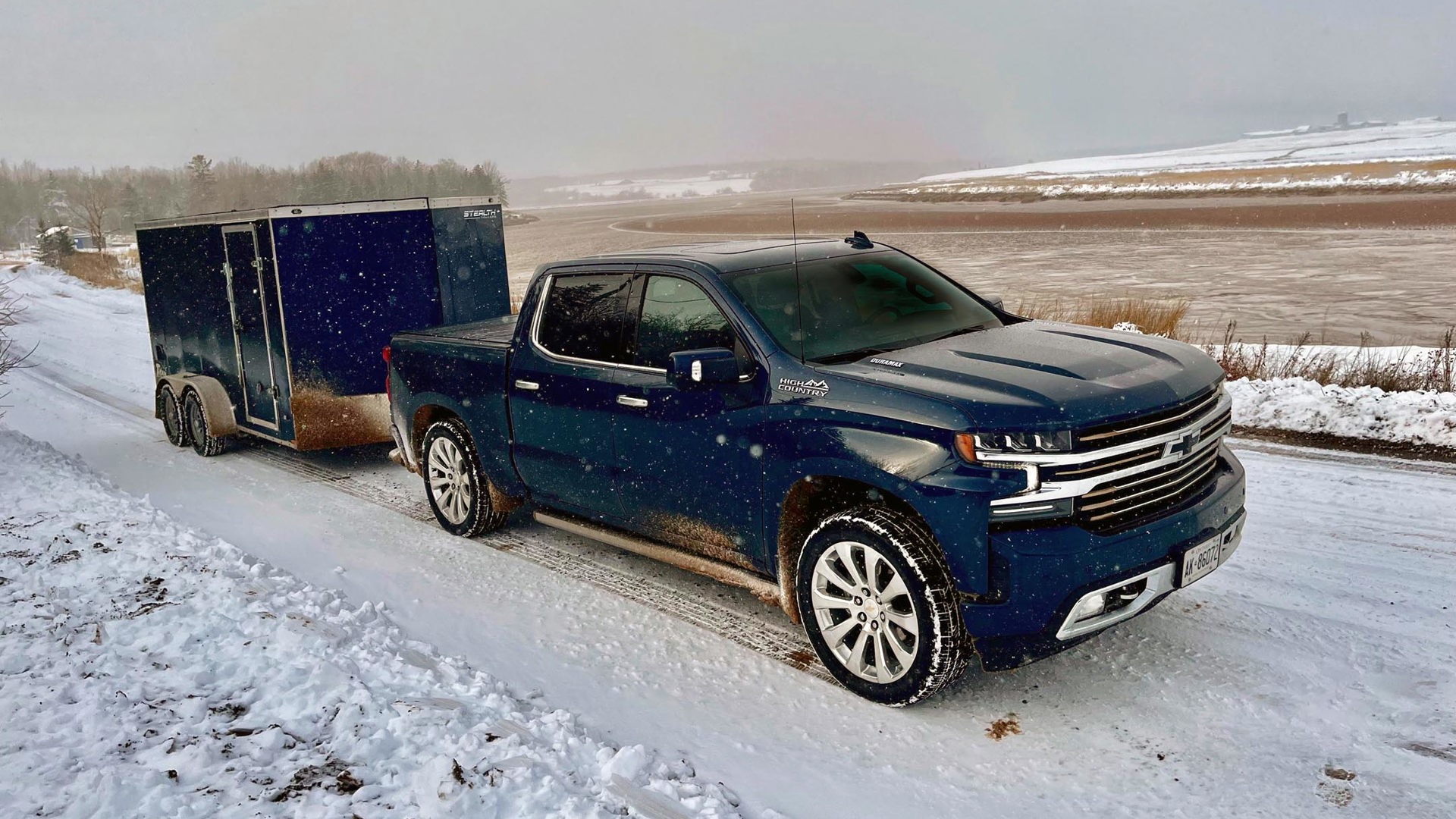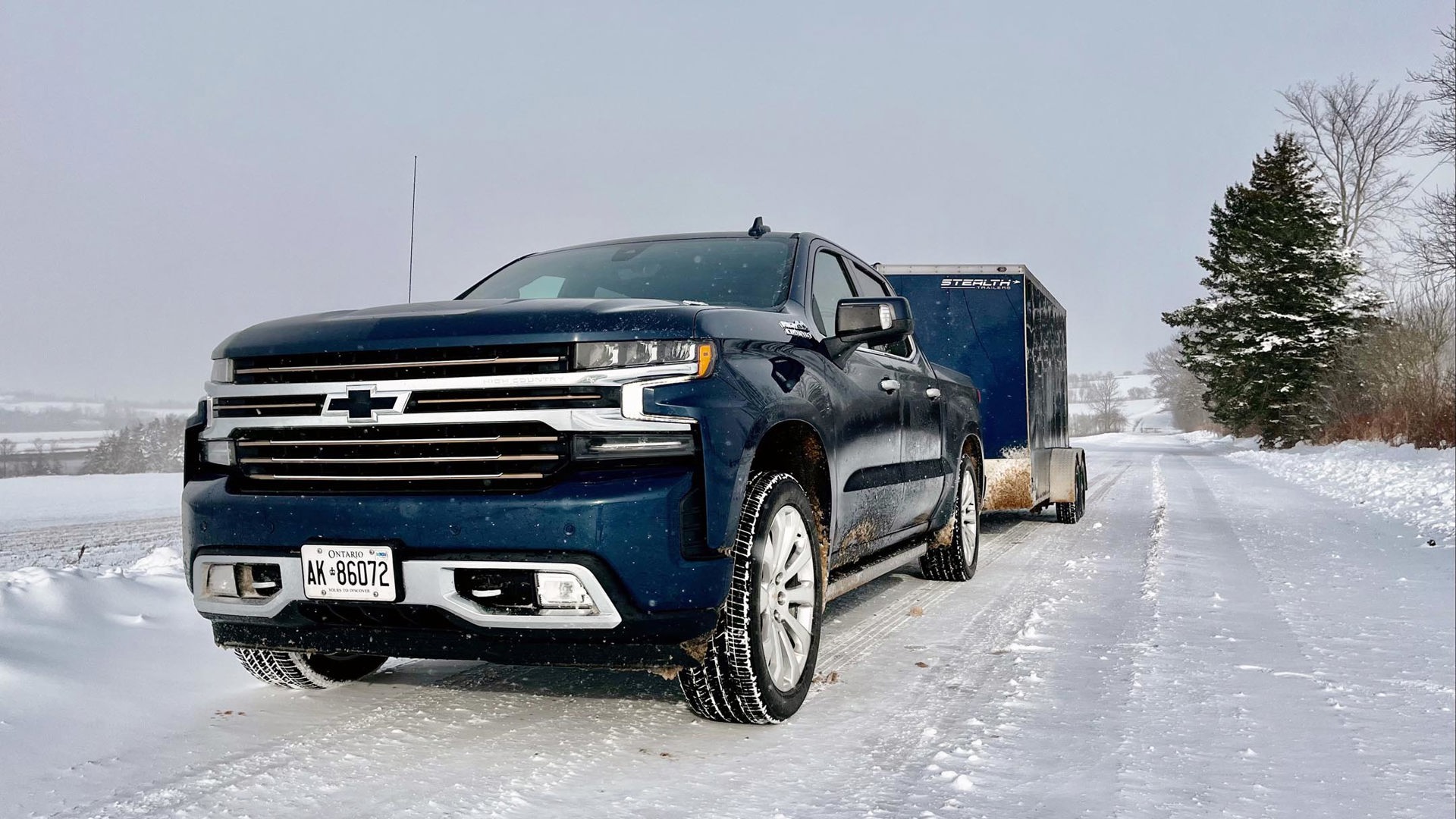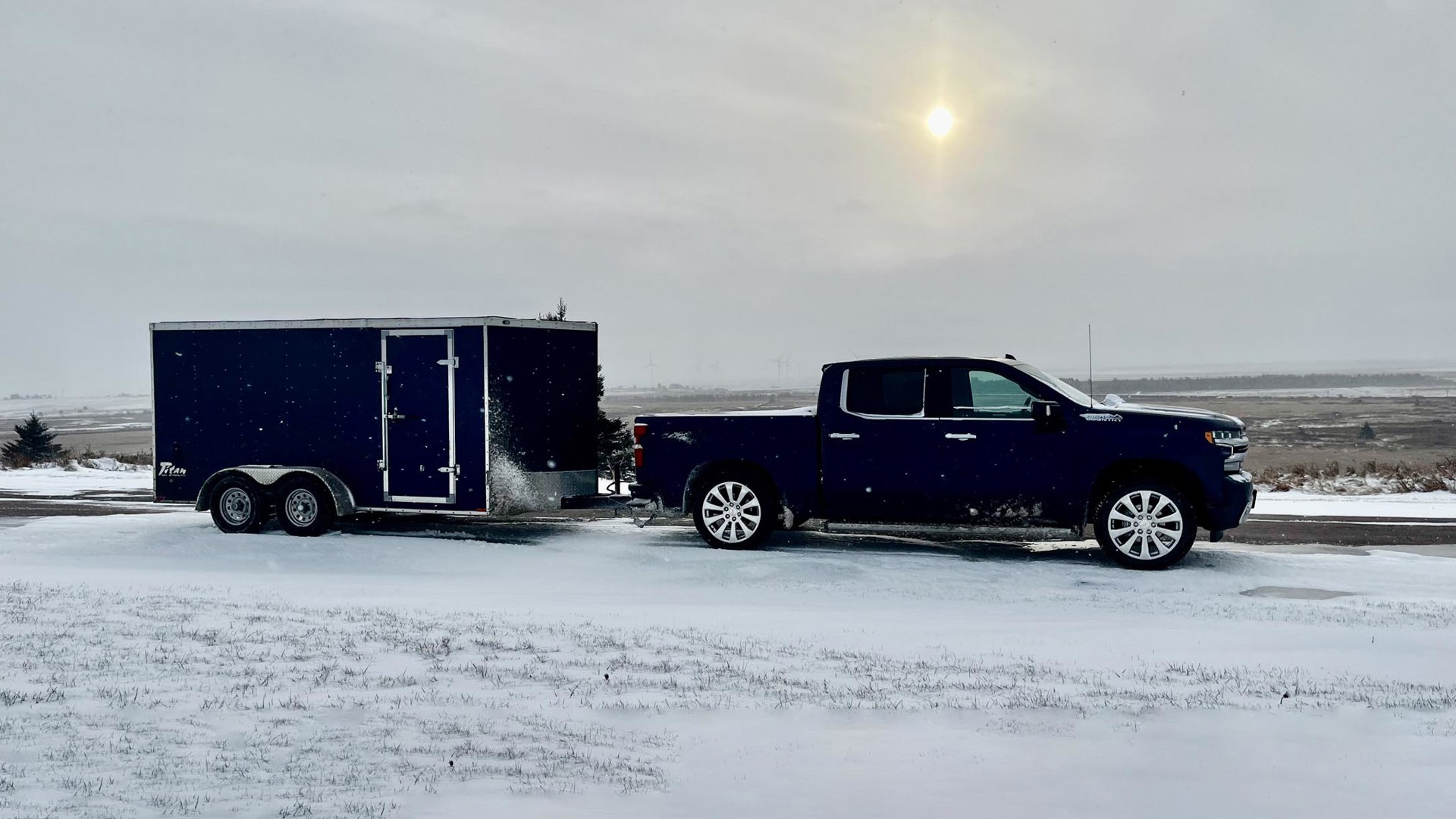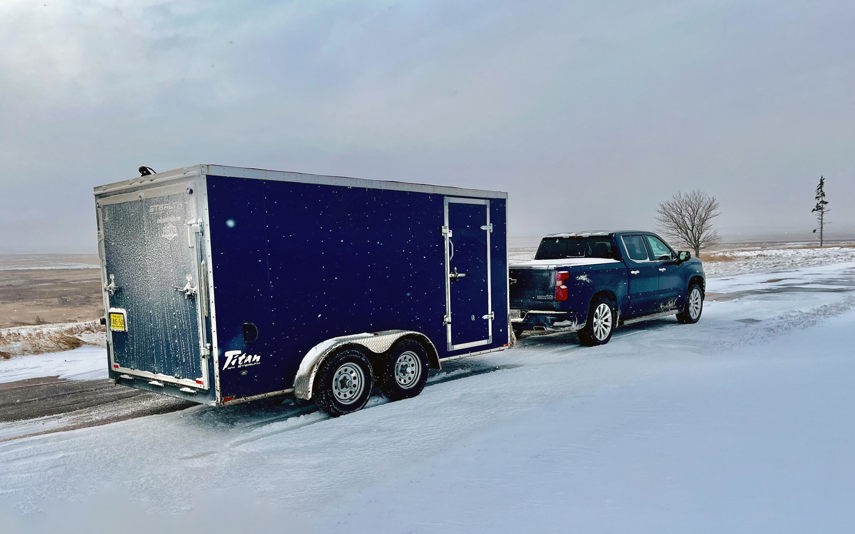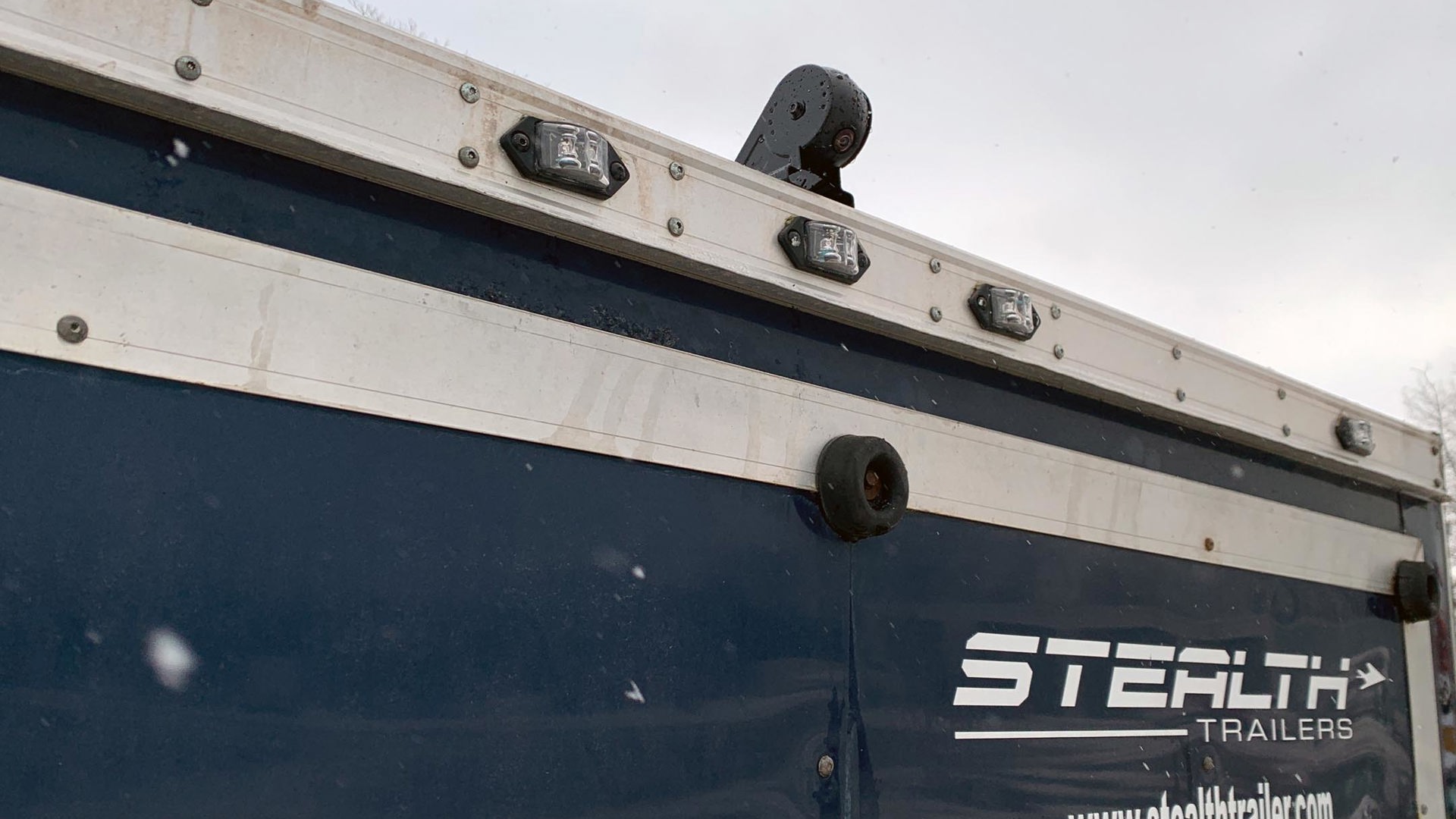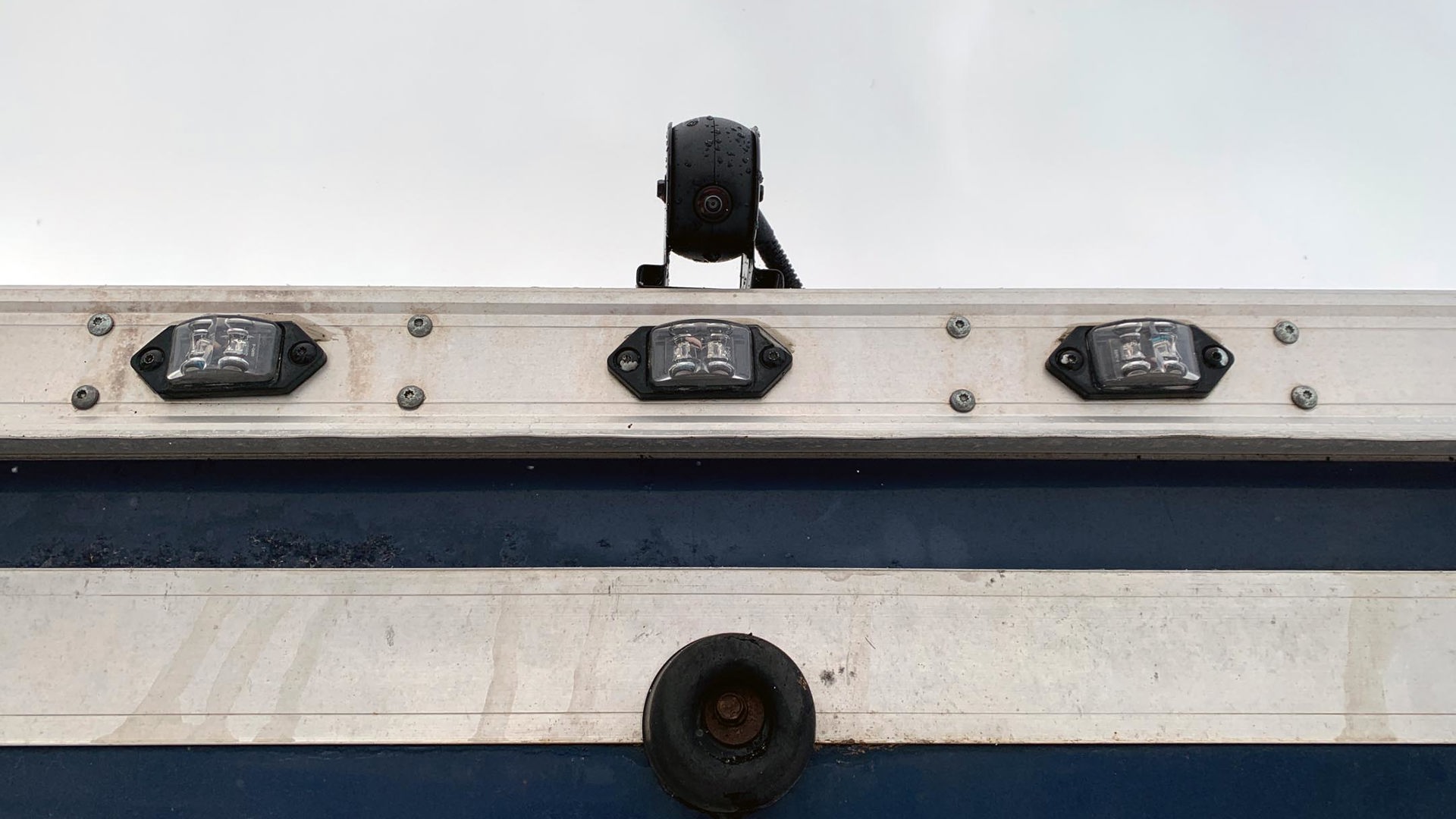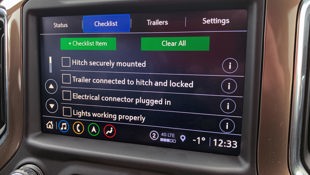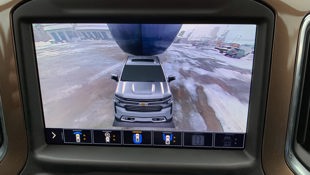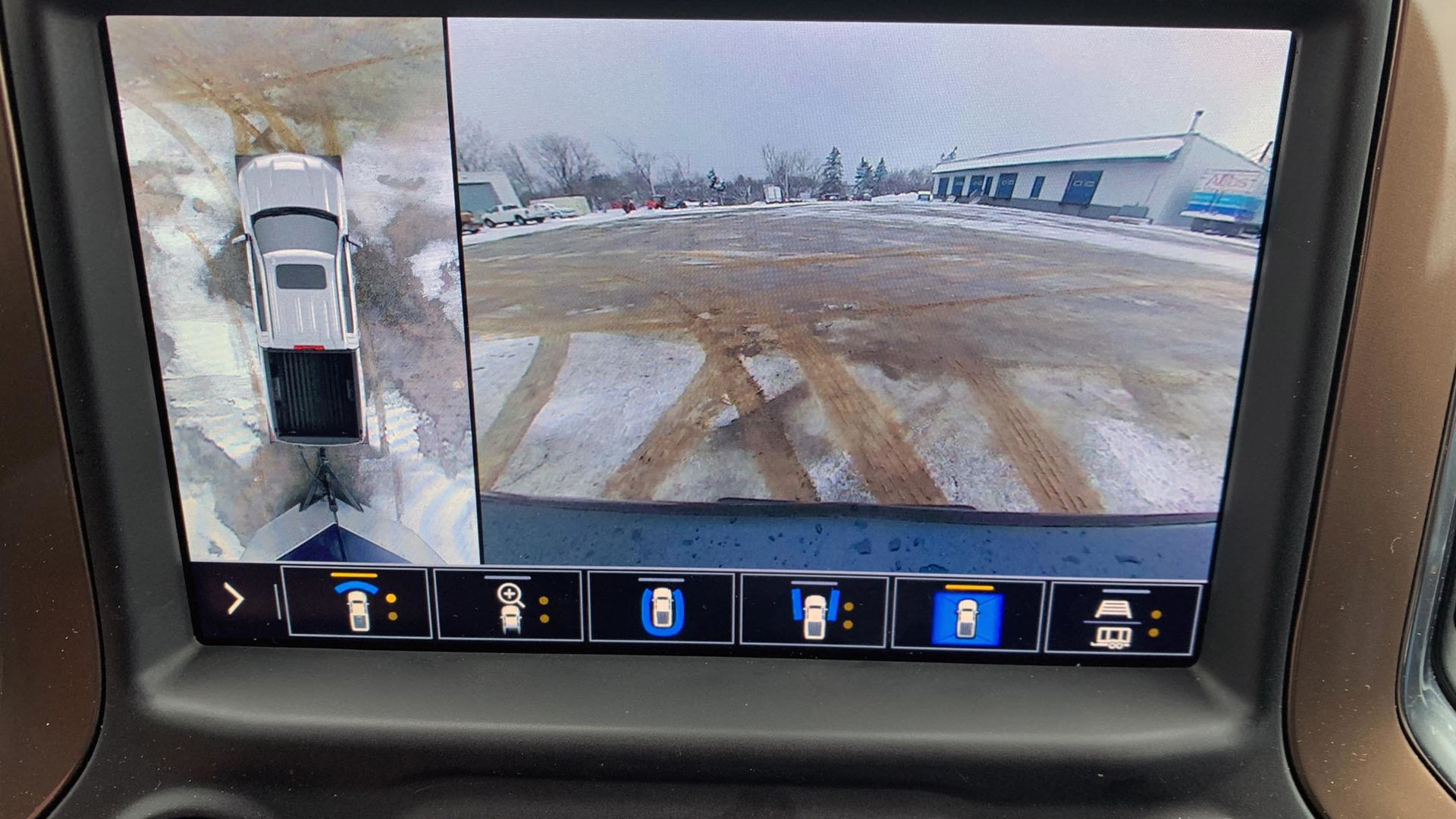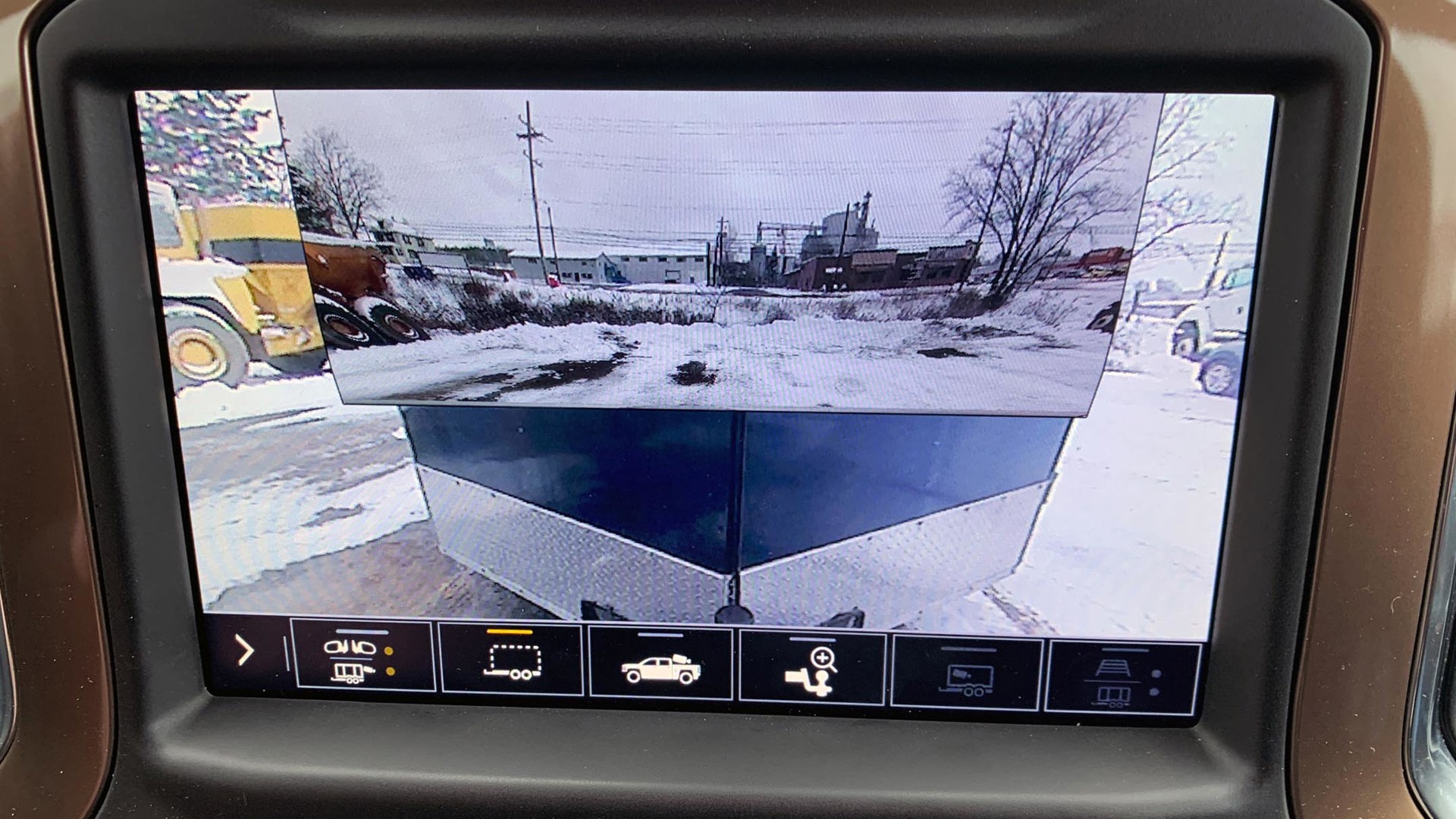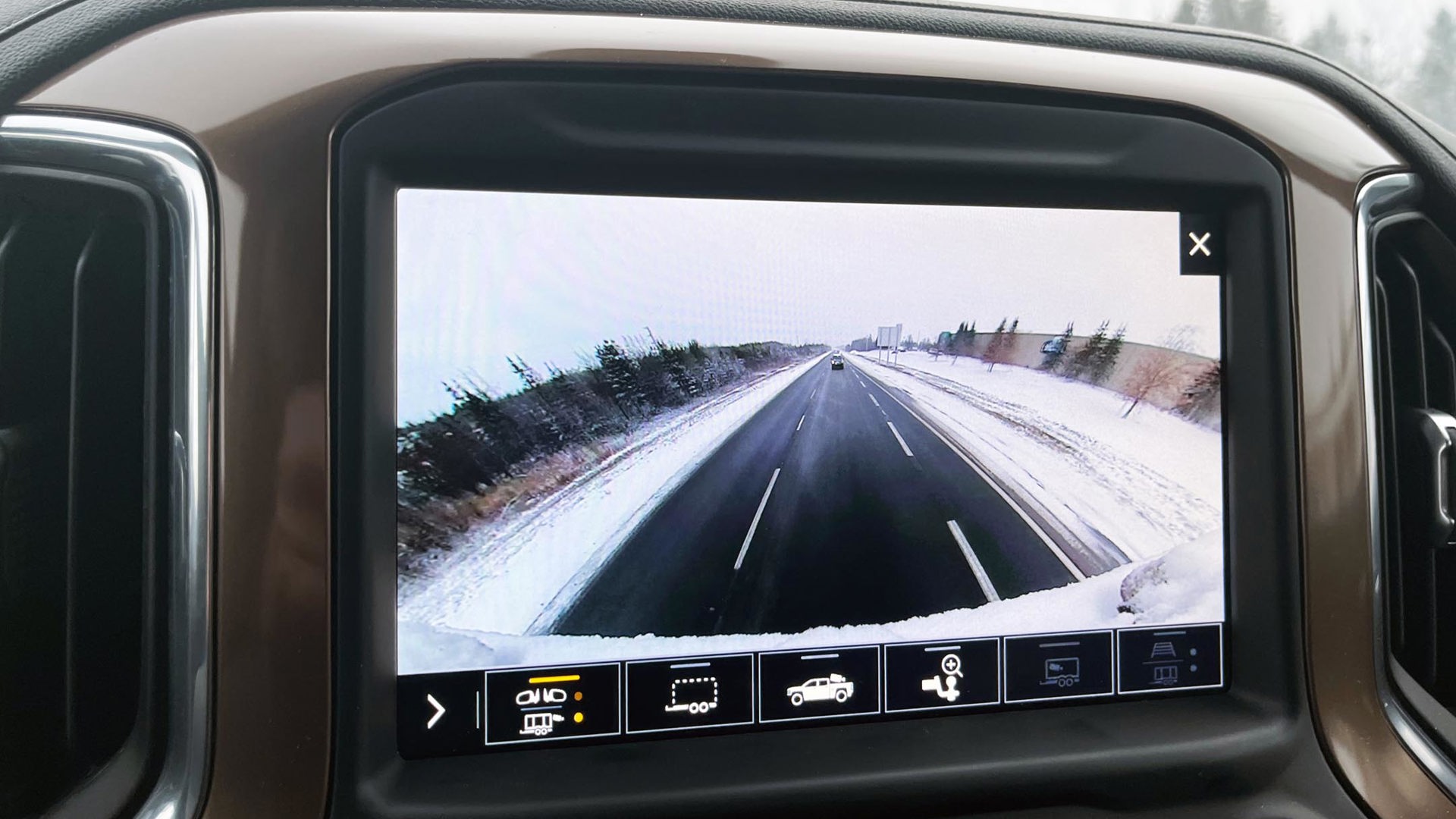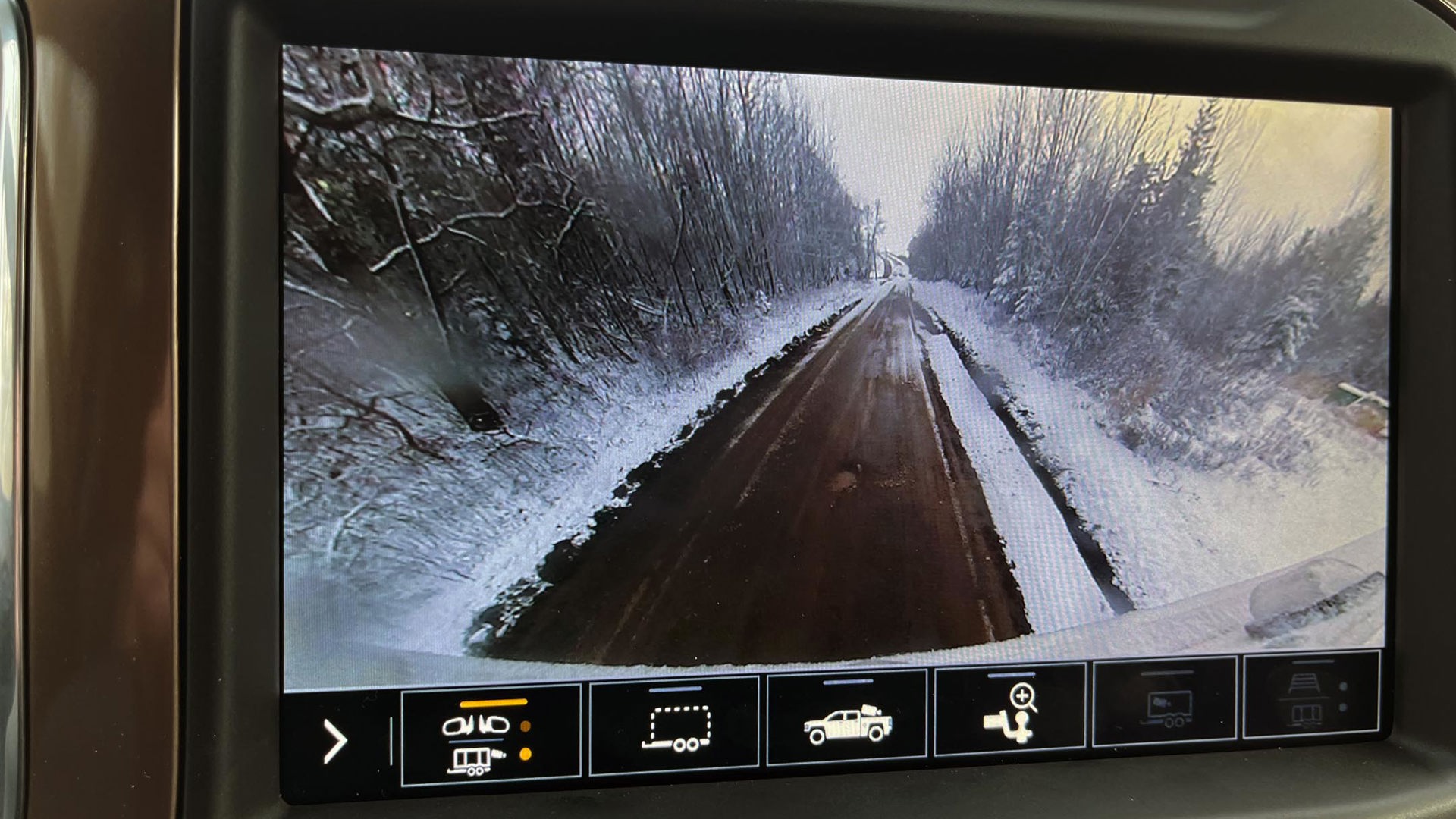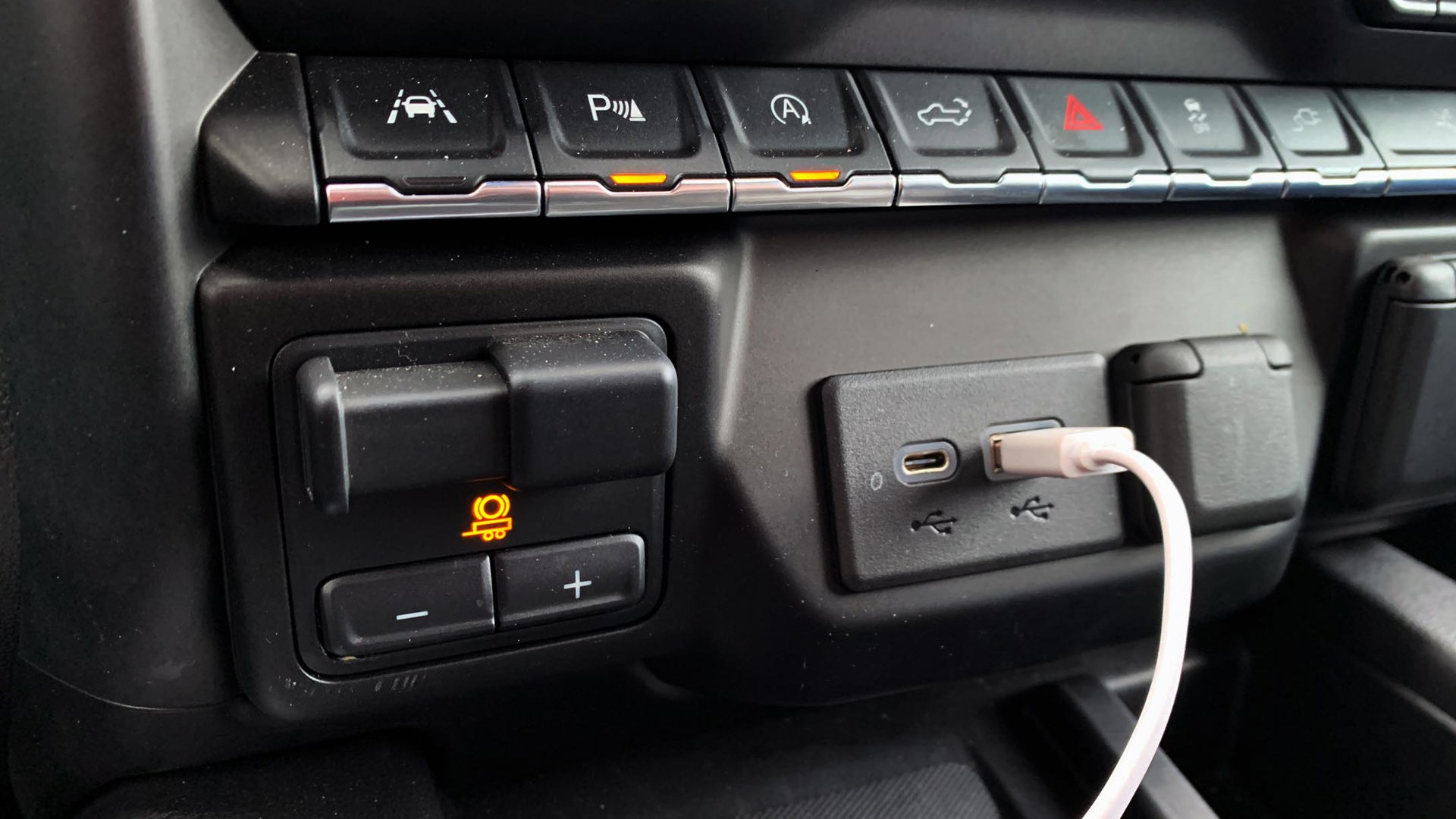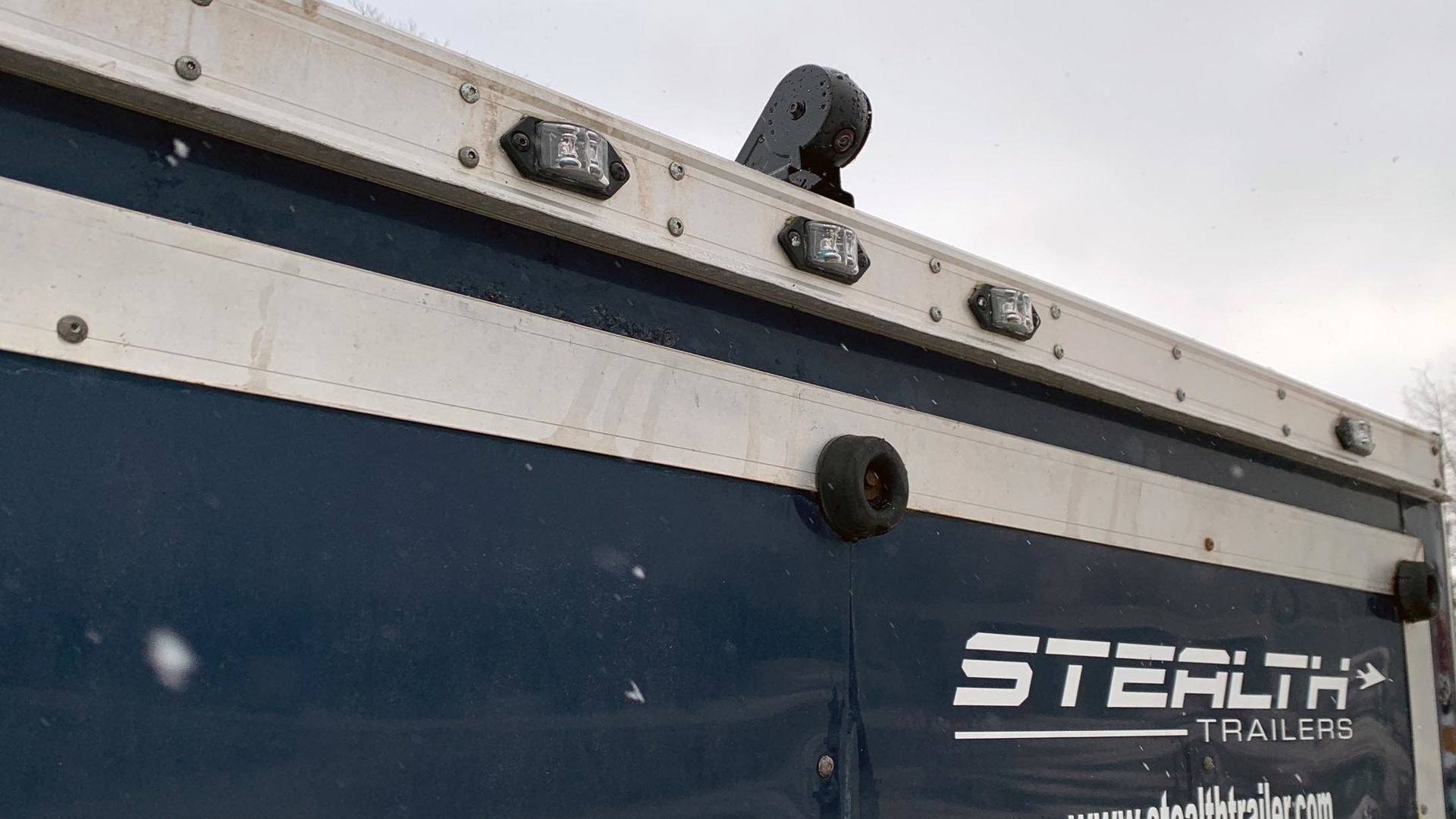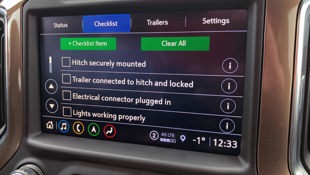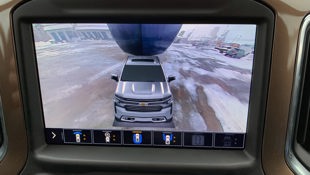Anyone who’s ever suffered behind the wheel of a pickup truck in heavy traffic while hauling a 30-foot trailer knows the particular type of misery that can run through one’s head while trying to safely navigate their way to a destination. Where’d that car go behind me? Is that biker still there? And don’t even get us started on the number of Hail Mary lane changes we’ve attempted while trying to take the exit to Hidden Hilltop Campground on a long weekend.
Knowing how stressful trailering can be, General Motors has introduced some new technology to address some of those pain points. By combining several aspects of existing technologies such as cameras – plus a dose of mathematics – it is now possible for a driver to “see through” particular types of trailers. The feature, called the Transparent Trailer View system, is available right now on certain trims of the Chevrolet Silverado and GMC Sierra line of pickup trucks. At its core, the system takes the image being broadcast from a rearward-facing camera located at the very back of a trailer and overlays it on the display provided by another camera on the rear of the truck. Together, they piece together a view astern as if the trailer were invisible, showing this image on the infotainment screen while you drive and eliminating those pesky blind spots.
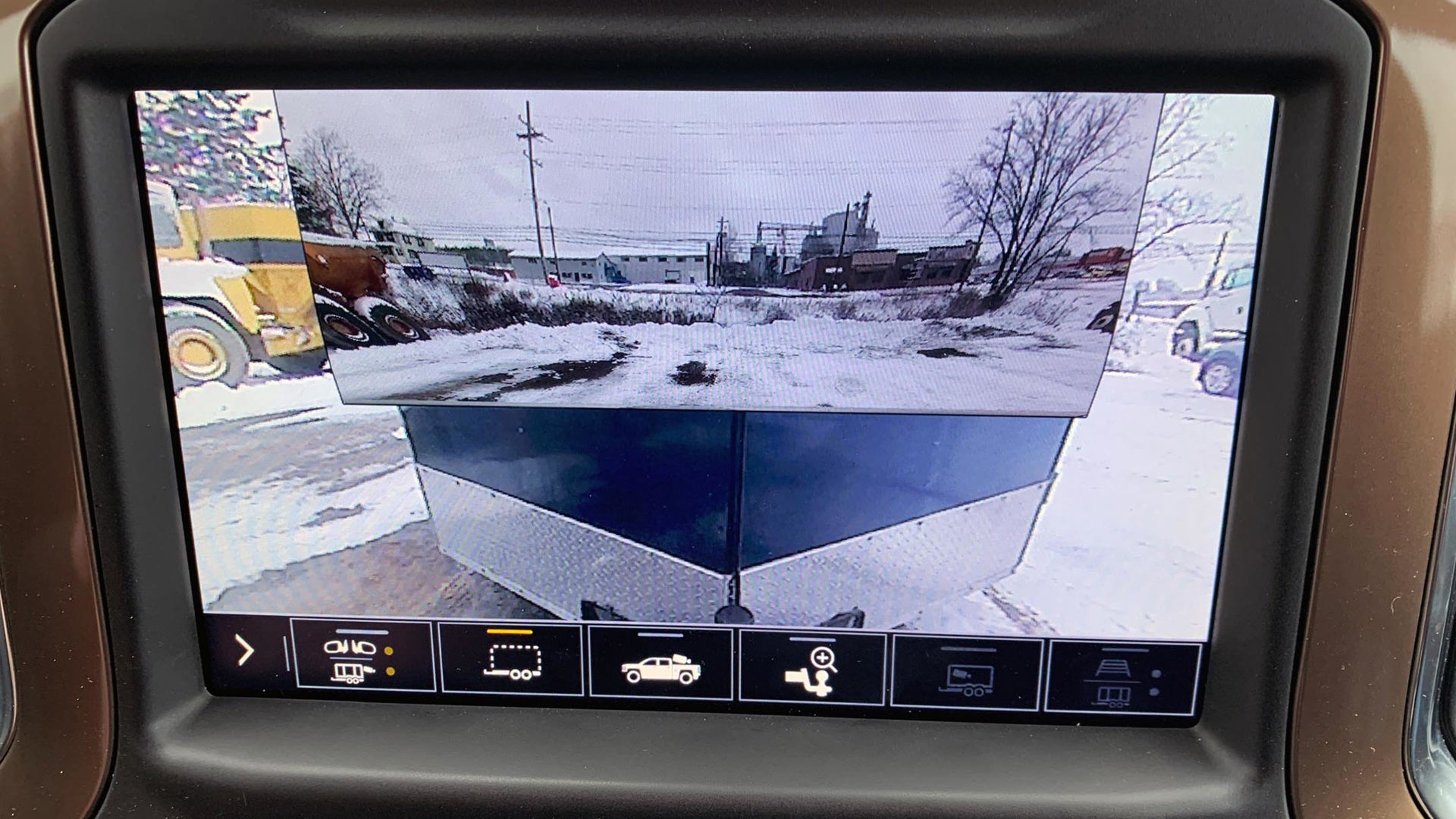
To learn more, we rang up Ralph Schlottke, the advanced feature owner of trailering at GM’s Canadian Technical Centre in Oshawa. He explained how the Transparent Trailer View system is intended to greatly reduce a driver’s mental fatigue while hauling a trailer, providing important information about what’s going on around the truck and helping take some stress out of the experience.
“We have a roadmap of features we want to provide to customers who use their trucks to tow trailers,” Schlottke explains, talking about giving drivers the camera angles they need to be safe and providing them with the right warnings when something is about to go awry. “Our vision is to be the leader in trailering and towing.” With features like Transparent Trailer View, GM is in an excellent position to do so.
Setting up the system properly takes time, but it is an effort well invested. The accessory trailer camera must be mounted in a particular area on the back of your trailer to enable Transparent Trailer View, preferably dead centre on the trailer’s back door and at least four inches higher than the rear-facing camera on your truck’s tailgate. The system relies on a hardwire connection for now, so a cable will have to be run from the trailer camera to a connector on the pickup’s back bumper. After entering seven different trailer dimensions into the truck infotainment system such as overall length and height, a quick calibration drive is all that’s needed to kickstart the viewing party. For now, the system can handle conventional trailers (no fifth wheels) and nothing greater than 32 feet in length.
The development period for the feature was roughly a couple of years, Schlottke explains, telling us how the Canadian contingent worked with company eggheads in Michigan and GM boffins in Israel to create the system as we know it today. “We meet weekly to talk about what we’re working on now and discuss future plans,” he says. This global approach works well, bringing together a variety of talented individuals with brains to burn, which, in the end, benefits the customer greatly.
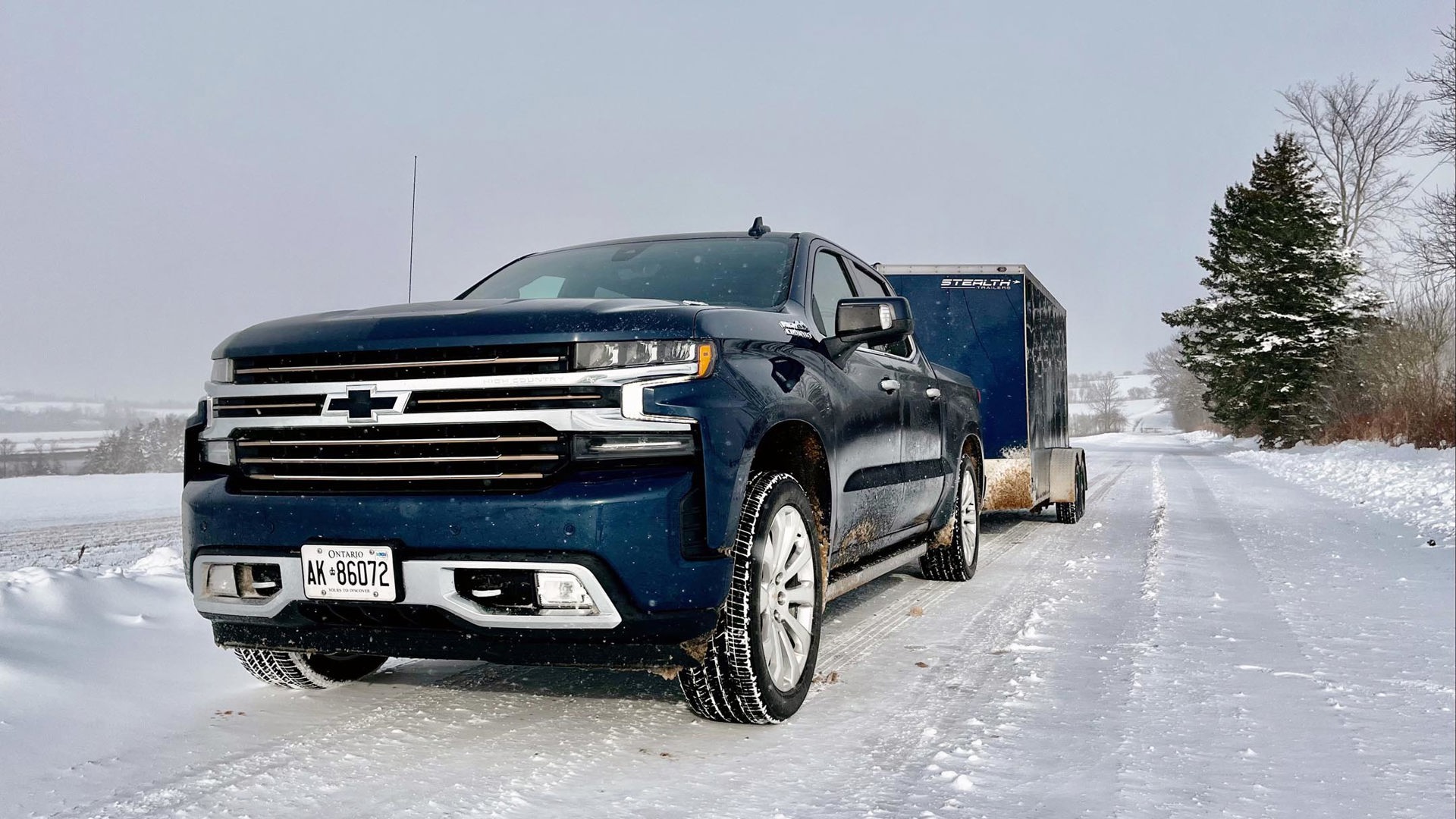
It helps that Schlottke avidly pursues outdoor activities, meaning he hitches trailers to trucks very frequently and knows the real-life struggles that can occur. “When towing a double-wide snowmobile hauler,” he explains, “the Transparent Trailer system really helps to identify those blind corners in the back since the trailer is so wide.” This is an advantage that never really dawned on your author until mentioned by Schlottke, but it is definitely difficult to peer around a wide trailer while making manoeuvres – forward or backwards. The GM system eliminates a lot of guesswork. And fun fact for your next socially distant pub quiz: the widest consumer-style trailer permitted on a Canadian road is 2.6 metres (102 inches) in width.
So what’s next? While manufacturers are notoriously secretive about future products and features, a quick read of the tea leaves seems to indicate testing is well underway for a wireless version of this Transparent Trailer system. The trick, of course, will be removing all latency from the system, since even a second’s delay from camera to screen could cause calamity. At highway speeds, or even while slowly backing into that night’s glamping spot, vehicles and people can move a significant distance in the blink of an eye. If Schlottke and the team at GM can solve that puzzle, expect to see such a wireless setup at some point in the near future.
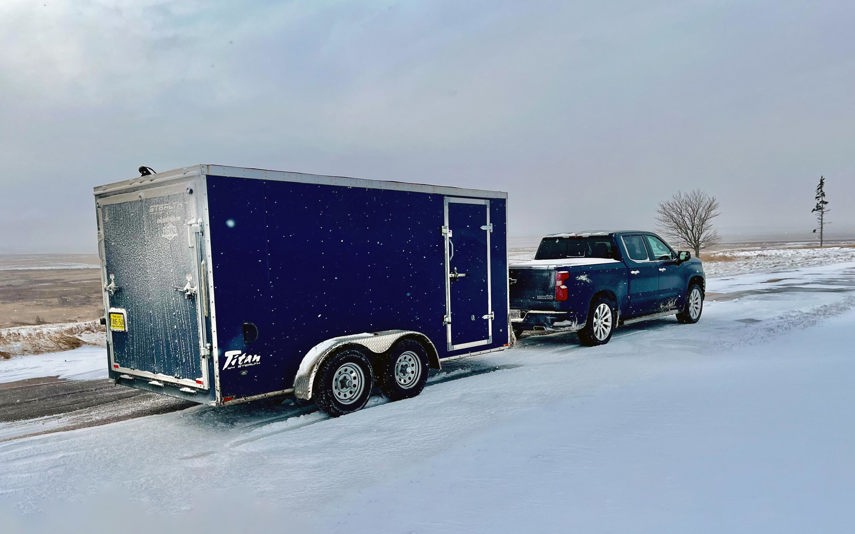
It’s already been announced that the brand’s Super Cruise semi-autonomous driver assistance system will work with trailers when it shows up on the 2022 Chevrolet Silverado and GMC Sierra, an addition to GM’s trailer arsenal that will surely draw in new customers looking to simplify their lives and not be as stressed out while taking their horses to a show. Those new trucks will also get snazzy new interiors that will include a 13.4-inch infotainment screen that’ll provide valuable extra real estate for camera-based features like the Transparent Trailer system. Don’t discount these helpers showing up on certain models of GM mid-size trucks and SUVs in due course, as well, depending on the value proposition they provide on those less-expensive vehicles.
Until then, your author will be grateful for as many camera views as possible while hauling 30 feet of trailer. With the Transparent Trailer View system, Hail Mary lane changes are no longer required.
